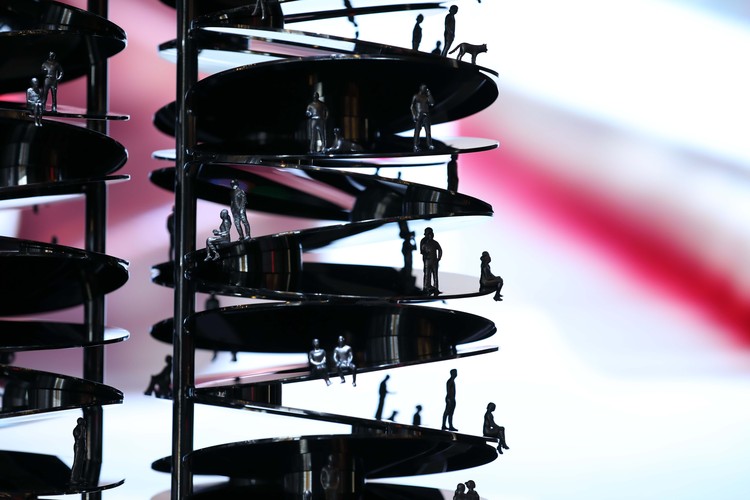
“Beauty,” as Umberto Eco tells it, “has never been absolute and immutable but has taken on different aspects depending on the historical period and the country.” So how is beauty defined today in our increasingly globalized world? Perhaps a more interesting question to ask is whether arriving at such a conclusion remains relevant to our society.
Ian Gillespie believes it does. The founder of Westbank, a Vancouver-based real-estate development and culture company, Gillespie has undertaken a great number of projects throughout his career, building along with them a peculiar idea of beauty that has permeated every new endeavor and shaped his company’s mission to produce more layered, complex and enriching outcomes. Projects such as BIG’s Vancouver House or Kengo Kuma’s Alberni by Kuma propose a new dynamic for the city of Vancouver—one in which the developer looks beyond mere return on investment, focusing instead on buildings’ potential to spark social engagement and change or, as Bjarke Ingels stated in the foreword he wrote for Westbank’s book Fight for Beauty “where buildings look beautiful purely because they perform beautifully.”
The book has taken on a new form as an exhibition in Vancouver bearing the same name and featuring a slew of Westbank-commissioned projects as well as objects from the firm’s collection. Architecture, art, and fashion come together in the space as evidence of beauty’s place and value in our contemporary society. “All too often beauty is mistaken, and therefore diminished, as a decorative frill, a final touch or a camouflage of what is really at work underneath,” writes Gillespie in the book’s introduction. “We have never seen beauty as anything less than essential.”

At the entrance to the exhibition, the poem Fight for Beauty, brought to life in neon, lays a thought-provoking foundation as visitors begin an audio or self-guided tour. Running through the center of the pavilion is the iconic sculptural glass forest created by Omer Arbel, 16.480, which has just been expanded to occupy the full length of the plaza for which it was custom-created. The installation’s “trees” rise out of a landscape constructed of burnt wood blocks and form an immersive canopy of light that reaches up to six meters in height. This dramatic piece shares the spotlight with a signature custom-made piano and The Butterfly Fazioli designed by Venelin Kokalov, Design Principal at Bing Thom Architects, the maquette of Rising by Zhang Huan, and the lanterns of Martin Boyce that hang suspended from above.
Iconic architectural models and milestones, including Alberni by Kuma and BIG’s Vancouver House and Serpentine Pavilion, are found throughout the pavilion.

The exhibit succeeds in immersing visitors in an environment that extols beauty’s role in our everyday lives, leading to the question: what is it we’re fighting for when we “fight for beauty”? If, as Eco says, beauty is defined and transformed by its context, it is futile to insist on a puristic and romanticized conception of the term. The “fight for beauty” then is actually a fight for a new construction of its definition, one that reflects a more democratic view of what has value beyond aesthetics.
Fight for Beauty is open to the public from October 14 to December 17, 2017 and is located on the plaza outside the Fairmont Pacific Rim.













